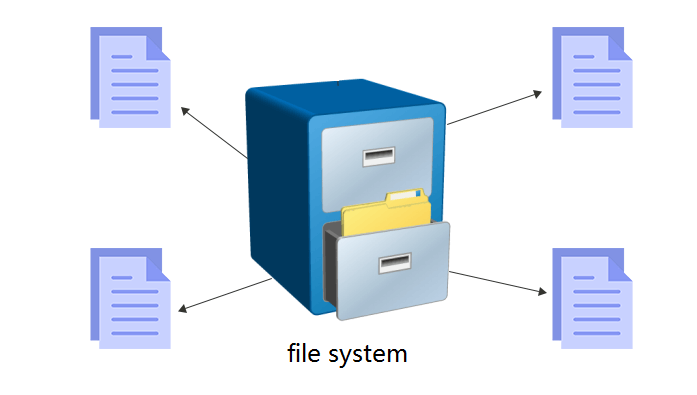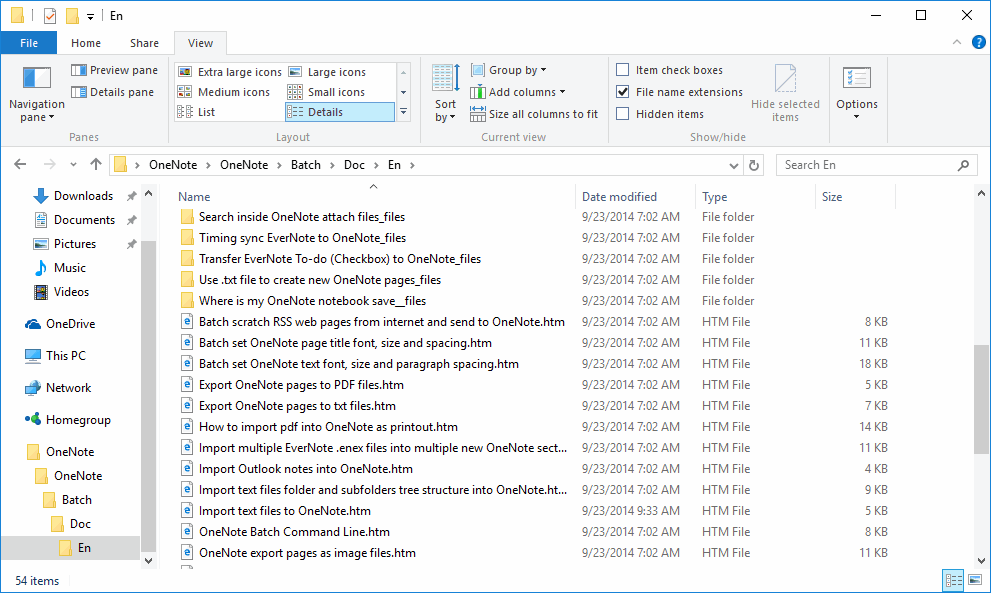
- #Everweb file folder strucutre update
- #Everweb file folder strucutre software
- #Everweb file folder strucutre code
- #Everweb file folder strucutre windows
We like structures and hierarchies and visual layouts. If you've ever spent a ridiculous amount of time scrolling through hundreds and hundreds of files trying to find the one you want, then you've experienced the reason that a good folder tree structure makes a difference: it's easier to find things. Unfortunately, those complex folder tree structures are pretty easy to get lost in, which has kept many users from adopting them. And when users saw how incredibly deep and complex these structures sometimes were, they became known as directory trees or, in today's terms, folder trees. In their minds, the computer's disk was sort of like a filing cabinet, a cabinet with folders and sometimes folders in folders.
#Everweb file folder strucutre windows
Then Windows came along and decided to represent these directories with little folder icons. In the early days of computers, back when users had to type in commands, they would type dir to see a directory of all of the files in their current location. There is no difference between a directory and a folder. Is There a Difference between a Directory and a Folder? That room layout is a directory structure. Which in turn have both their own things and, possibly, even more doors into even more rooms. That room can hold its own things, but it can also have doors into other rooms. Taking a big step back, the early computer designers realized that lumping together every single file on your computer would create a massive jumble and make it impossible to find anything. A directory structure/system/tree is simply a layout of directories on your computer. What is a directory system? What is a directory structure? What is a directory tree? Answer: many names for exactly the same thing.
#Everweb file folder strucutre software
In this article, we'll explain all about these structures and trees in plain English and give you an easy way to put them to use through a piece of software that will vastly simplify the way you interact with your computer files: FileCenter.

It's far easier than you think, and it will vastly improve your organization. So you have an iWebsite, you have a FaceBook account, and you have a Twitter account.You've been hearing about directory structures and folder trees for years. You want people to visit your website, but you also want them to visit your facebook, but you also want them to follow your tweets. What is the solution? Well, bring them all into iWeb of course (big cheesy grin here).Īdding these to your website is quite simple.


#Everweb file folder strucutre code
It’s simply a matter of getting code from facebook and/or twitter (that they provide) and putting them in an HTML snippet. View Twitter in iWeb Demo » Adding Facebook to iWebįirst off there are a few different ways to get Facebook on iWeb.
#Everweb file folder strucutre update
#EVERWEB FILE FOLDER STRUCTURE UPDATE#Įither put a Badge (a customizable way to share your Facebook information), Fan Box (a social widget that allows Facebook Page owners to attract and gain Facebook fans) or a Live Stream Box (which allows others to connect to their facebook account on your webpage and update their status about something on your site on their facebook within your site). Simply go to it will then ask you to log in (if you don’t have an account, where have you been, get one here). Then you will see a button that says “Create a New Badge”.

You will then see many options to customize your badge between two categories, Layout and Items. All these option depend on your preference for your site. Then you can choose what items you’d like to be on your badge by simply checking on the ones that you want.Īs far as orrientation you can choose if you want a vertical, horizontal, or 2-columns badge. Hit save, then you will be given some code to copy. At that point jump into iWeb, grab an HTML snippet, paste code into snippet and hit apply.


 0 kommentar(er)
0 kommentar(er)
